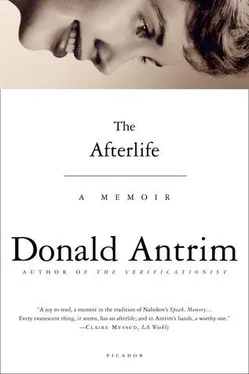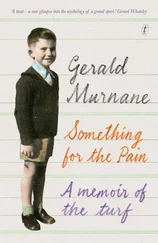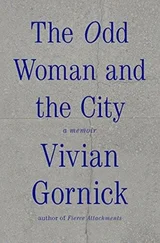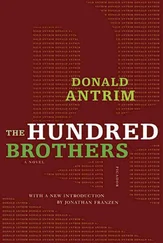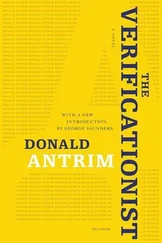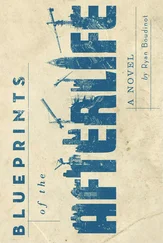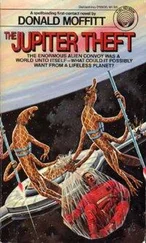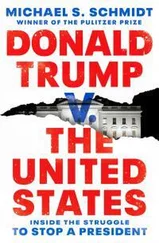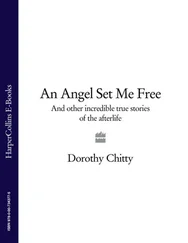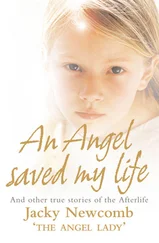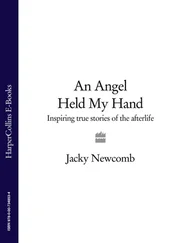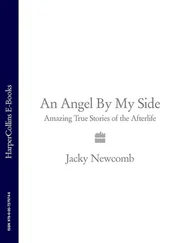We were living in Miami, my mother, my father, my sister, our absurd cats — Zelda Fitzgerald and the neurologically impaired Siamese, Justine — and I. Eldridge, during those years, the early seventies, lived up the Gulf Coast in Sarasota, in a suburban tract house he shared with his mother, my grandmother Eliza. The story of Eliza’s life is, in some ways, unusual for a woman of her time. She grew up during the early years of the twentieth century, in Richmond, Virginia, in what was, according to my father, a strict Episcopalian home ruled by a patriarch who was stern with his sons and possessively doting toward his only daughter, who nevertheless managed to escape to nearby Randolph-Macon Woman’s College, and then to Columbia University, where she earned a master’s degree in Spanish. During her years away at school, a medical student from San Juan, Puerto Rico, took up residence — I don’t know the particulars of the arrangement — in her father’s house. Over the course of her vacations at home, Eliza fell in love with this man, and even went so far as to board ship and sail with him to Puerto Rico to visit his home. Rafael was, according to family lore, the love of my grandmother’s life. I imagine him as a person formed in a certain European mold: erudite and very likely soft-spoken, a man wearing clothes made to draw attention away from his physique, from, as it were, his person — not in order to obscure the fact that he is, in my mental picture of him, neither tall nor fit but, rather, to hide, out of sheer politeness, his intrinsic attractiveness, which is to say his unsuitability as a life partner for a young woman brought up in an essentially Victorian household. About matters so far removed in time and sensibility from one’s own, one can only guess. My father told me that when Rafael’s stay in America ended he begged Eliza to marry him. She made it clear that she loved him but could never marry a Catholic. And that, apparently, was that. Her lover went home without her. They saw each other once or twice again over the years. And then, when she was very old and in failing health, as if bearing out the eroticism inherent in loving a person one cannot bring oneself to marry, she did something surprising and beautiful. She bought a plane ticket for San Juan. She did not tell anyone her intentions. She appears to have had no specific intentions. Alone in Puerto Rico, she visited the places she remembered from her time there with Rafael, who had died a year or two earlier.
Eliza’s life, it seems to me, turned out quite differently from whatever she might have hoped for when she was a woman in her twenties, taking flight, however incompletely or abortively, from her father’s house. It is my understanding that after she returned home from New York she lived for a time in a sort of domestic captivity, like a Virginian Elizabeth Barrett Browning, until it was arranged that she would marry a distant cousin, Robert Antrim, a man older than she, a man she likely did not love passionately. Robert Antrim was in those years the manager of the Blandy Experimental Farm, now the Virginia State Arboretum, a University of Virginia teaching farm near Winchester. He was taciturn and hardworking, and he and Eliza had two sons. Then one day Robert Antrim took it into his head that it was his destiny to raise gladioli in Florida. He and his brother, Frank, had for some time been going on annual car trips together — speechless two-week-long excursions to central Florida and back. They had an old Ford, and were known for driving slowly.
I can remember, from my childhood, my father’s father’s slow driving. Many years after Robert and his brother took their first trips down the Atlantic seaboard, and long after Robert Antrim had settled his family in Sarasota, near the end of his life, when my sister and I were young, he used to drive us, in his blue Mercedes diesel sedan, to the Ringling Museum of the Circus, part of the grandiose folly of an estate left by the great John Ringling after he fell into debt and, in 1936, the same year my father was born, died of pneumonia. The Ringling complex is located on Sarasota Bay, and includes John and Mable Ringling’s enormous and weirdly decorated winter residence, Cà d’Zan; and the Ringling Art Museum filled with minor Old Masters and Baroque paintings and tapestries; and a theater in the Italian Baroque style, the Asolo; and the Museum of the Circus, all originally constructed using buildings and parts of buildings painstakingly disassembled, crated up, and shipped from northern Italy to Florida in the 1920s and early thirties. Attached to the painting galleries is a library in which my father, in his free time as a young museum guide working afternoons after school and over summer vacations, read art history. It was here, according to my mother, that Sir Anthony Blunt, the infamous spy and historian of Renaissance and Baroque art, upon finishing a tour of the museum’s collections, invited my father, who had conducted the tour, to attend the Courtauld Institute in London. This took place before Blunt was exposed as a Russian agent and stripped of his knighthood. I sometimes wonder how things might have gone in our family had my father accepted Sir Anthony’s offer. In the event, things were as they were, which meant that my sister and I, when children in Sarasota, were unfailingly greeted, at the entrance to the Museum of the Circus, by Cookie, a midget wearing an ornate red coat. Cookie was famous as the Munchkin who, in the Munchkinland sequence in The Wizard of Oz, presents Dorothy with a bouquet.
Anyway, I remember from those trips that my grandfather never drove his Mercedes at a speed greater than twenty-five or thirty miles an hour — in contrast to my other grandfather, Don Self, who kept in his carport Oldsmobiles and Buicks of the massive sort that easily handled ninety miles per hour on the interstate — and I remember, in some way that is as much emotional as pictorial, the scenery that characterized that part of Florida in the years before the Gulf Coast became the densely populated, semiurban landscape it is now.
Coastal Florida at that time was much as one might have imagined it, and, I suspect, much as people would have liked it — people who, like my father’s family from Virginia and my mother’s from Tennessee, moved south to get in on one of the miniature economic booms, which, during the forties, fifties, and sixties, spurred growth and brought jobs to the developing seaside sprawl. Florida in those long-gone days was, as I remember it, a realm of tannin-black rivers and crystal springs; of live, unpolluted oyster beds two feet under the shallow bay and estuary waters; of red tile roofs showing here and there above the royal palms and the mangrove thickets that opened onto white beaches accessible by humpbacked bridges that were always crowded, in the magic hours before sundown, with fishermen reeling in grouper, snapper, and snook. What I remember most from my early childhood in Florida is an intensity of color both in and above the water, as clouds swept eastward over the ocean, bringing afternoon showers that could begin with a few drops carried on the wind, then abruptly open up and rain down, flooding the streets, the sidewalks, the lawns and tennis courts, the entire world it seemed to me, before eventually, after little more than an hour or two, blowing inland. Often, during storms, a greenish cast of light filled the subtropical sky over Siesta Key, infusing the palm fronds and the leaves of the trees with an even brighter green, yet turning the gulf and the bay, into whose low swells gulls and pelicans were forever diving, a deep, almost olive shade that I have never seen in water anywhere else.
But what about my taciturn grandfather and his taciturn brother? Legend has it that, on a certain slow pilgrimage to Titusville or Arcadia, they pulled into one of the ubiquitous roadside places where plaster birdbaths and imitation Greek and Roman statuary got sold to migrants and retirees with delusions of grandeur. Using as few words as possible, the brothers asked the owner what he thought his inventory might be worth in cash. The owner told them that he imagined the entire stock might be worth about forty dollars. Without another word, the brothers produced the forty dollars, a twenty-dollar bill apiece, a grand amount for workingmen in the years immediately following the Second World War. They started the car and drove wordlessly down the road about a quarter mile — I don’t know which of them, Robert or Frank, was at the wheel — then turned the car around, motored back up the highway, steered into the entrance to the lot, and plowed through the statues at some remarkably low velocity, destroying every one. It is hard to know how to judge this story, particularly given that neither brother was much of a talker; and so I wonder who first told about the roadside stand and their fraternal telepathy and the pulverized birdbaths, and to whom. I find the tale pleasing.
Читать дальше
